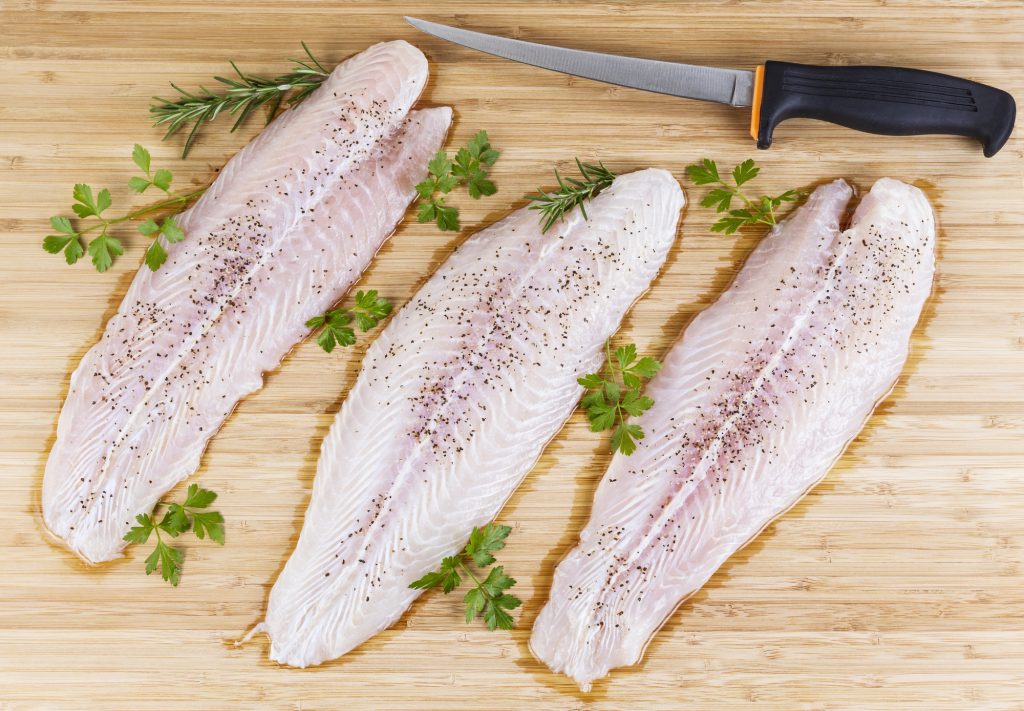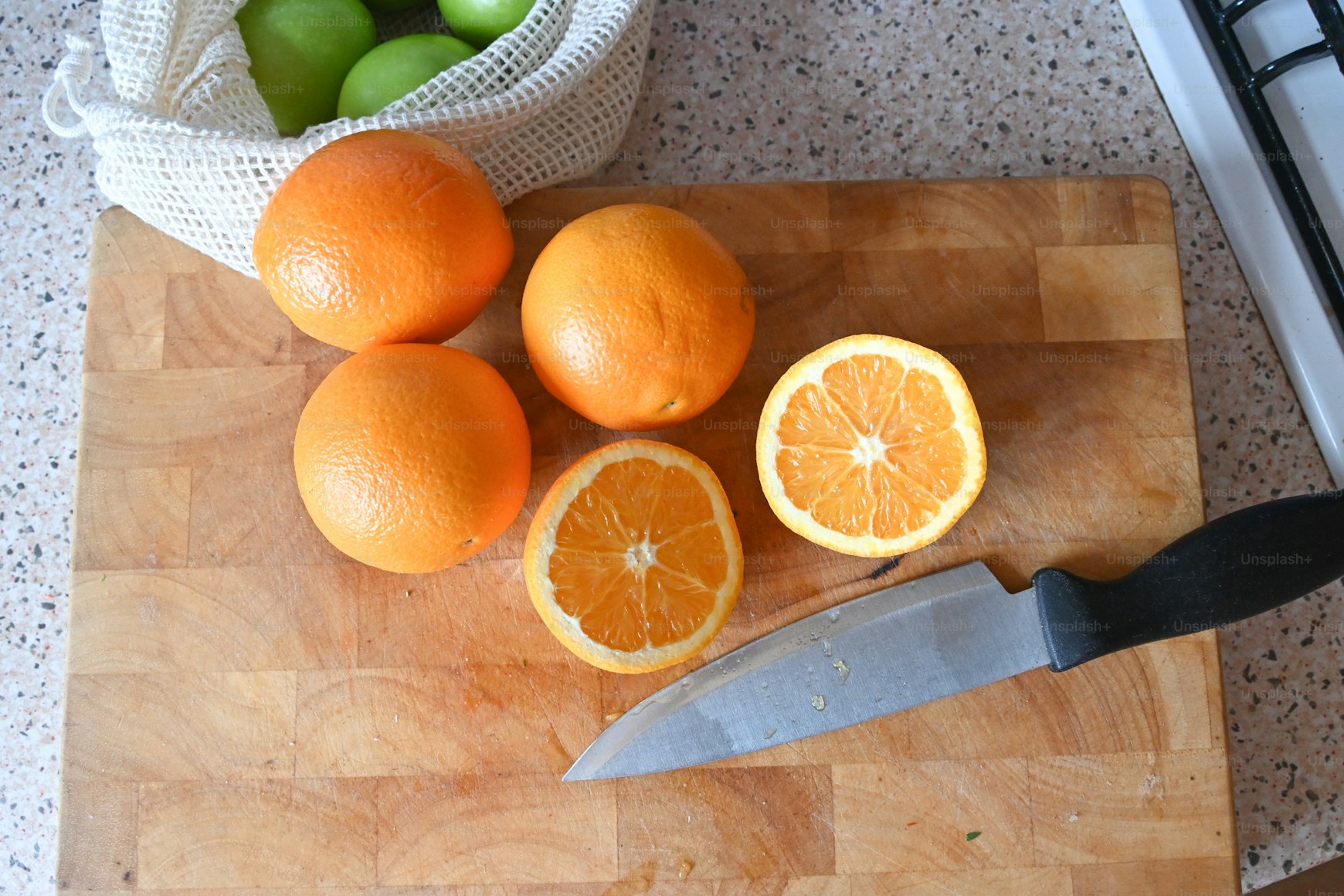Japanese knives are renowned for their exceptional sharpness, precision, and craftsmanship. Whether you are a kitchen hobbyist or a professional chef, understanding how to store your Japanese knife properly is essential to maintain its performance and longevity. Improper storage can lead to damaged edges, rust, and potential safety hazards. In this article, we will delve deep into the effective and approved methods of storing your prized Japanese knives.

Why Proper Storage Matters
Proper storage of Japanese knives is crucial to preserve their sharpness and integrity. Japanese knives are typically made from high-carbon steel, which can chip, rust, or dull if not stored correctly. Correct storage helps to prevent accidental damage, extends the lifespan of your knife, and ensures a safe kitchen environment.

Types of Japanese Knives and Their Storage Needs
Chef’s Knife (Gyuto)
The Gyuto is a versatile chef’s knife commonly used for various cutting tasks. Given its extensive use, it is vital to store it safely.
Paring Knife (Petty Knife)
The Petty knife is perfect for detailed work. Despite its small size, its blade is sharp and delicate, necessitating careful storage.
Slicing Knife (Yanagiba)
The Yanagiba is primarily used for slicing fish and seafood. Its long and thin blade is susceptible to damage if not stored properly.
Utility Knife (Santoku)
The Santoku knife is a shorter, all-purpose knife. It requires similar care and storage as the Gyuto.

Approved Methods of Storing Japanese Knives
Magnetic Knife Strips
Magnetic knife strips offer a practical and space-saving storage solution. Ensure the strip has a strong enough magnet to hold the knife securely without causing any scratches.
Knife Blocks
Knife blocks are a common storage option. It is recommended to use blocks with horizontal slots to prevent dulling the knife edge.
Drawer Inserts
Drawer inserts are a terrific way to store knives safely in a drawer. Look for inserts with individual slots to keep the blades separate and secure.
Edge Guards and Sheaths
Edge guards and sheaths provide portable protection for your knives. They are ideal if you need to transport your knives frequently.

Tips for Storing Japanese Knives
Keep Knives Dry
Moisture is the enemy of high-carbon steel. Always dry your knives thoroughly before storing them to prevent rust.
Avoid Storing Knives Loose in Drawers
Loose storage can lead to nicks and dull edges. Use dedicated storage solutions to keep your knives safe.
Regular Maintenance
A well-maintained knife is easier to store. Regularly sharpen and hone your knives to keep them in top condition. For sharpening guidance, check out this guide.
Use Blade Oil
Applying a light coat of food-grade mineral oil can protect the blade from rust, especially if you live in a humid environment.
Educate Users
If multiple people handle the knives in your household, educate them on proper storage practices to avoid accidents and damage.
Expert Opinions on Knife Storage
According to renowned chefs and experts, proper knife storage is an integral part of knife care. Chef Takeshi Kaga, a reputed Japanese chef, emphasizes the importance of using blade guards and keeping knives dry for long-lasting sharpness.
Common Mistakes to Avoid
Storing Knives in Dishracks
Dishracks can cause knives to bump into other utensils, leading to nicks and dulling.
Using Cutting Boards as Storage
Cutting boards should not double as storage tools. Store your knives in designated spots.
Ignoring Knife Needs
Each knife type may have specific storage needs. Tailor your storage solution to the knife type.
Seasonal Knife Storage
Climate and season changes can affect knife storage. During humid months, ensure extra care with anti-rust treatments. In dry climates, prevent wooden handles from drying out by oiling them regularly.
Advanced Storage Solutions
Professional Knife Cases
For those serious about their knives, professional storage cases offer advanced protection and organization, especially useful for chefs on the go.
Custom Knife Blocks
Custom knife blocks tailored to your knife set can be a luxurious and practical storage solution.
Secure Knife Cabinets
Lockable knife cabinets ensure safety, especially in homes with young children.
Cleaning and Storage Synergy
Cleaning and storing go hand in hand. Always ensure knives are clean before storage. For detailed cleaning tips, explore this guide.
Conclusion
Understanding how to store your Japanese knife involves more than just placing it in a drawer. The investment in proper storage practices pays off in the form of lasting sharpness, safety, and overall performance. Follow these approved methods and tips to ensure your Japanese knives remain in pristine condition for years to come.
FAQs
Can I store my Japanese knife in a regular knife block?
Yes, but it’s advisable to use a knife block with horizontal slots to prevent dulling the blade edge.
How often should I oil my Japanese knife?
Oil your knife lightly after each use, especially if it is exposed to moisture or humidity.
What is the best way to store a knife if I have limited space?
Magnetic knife strips or drawer inserts are excellent space-saving options.
As an Amazon Associate, I earn from qualifying purchases.


